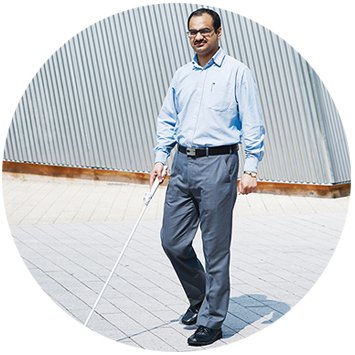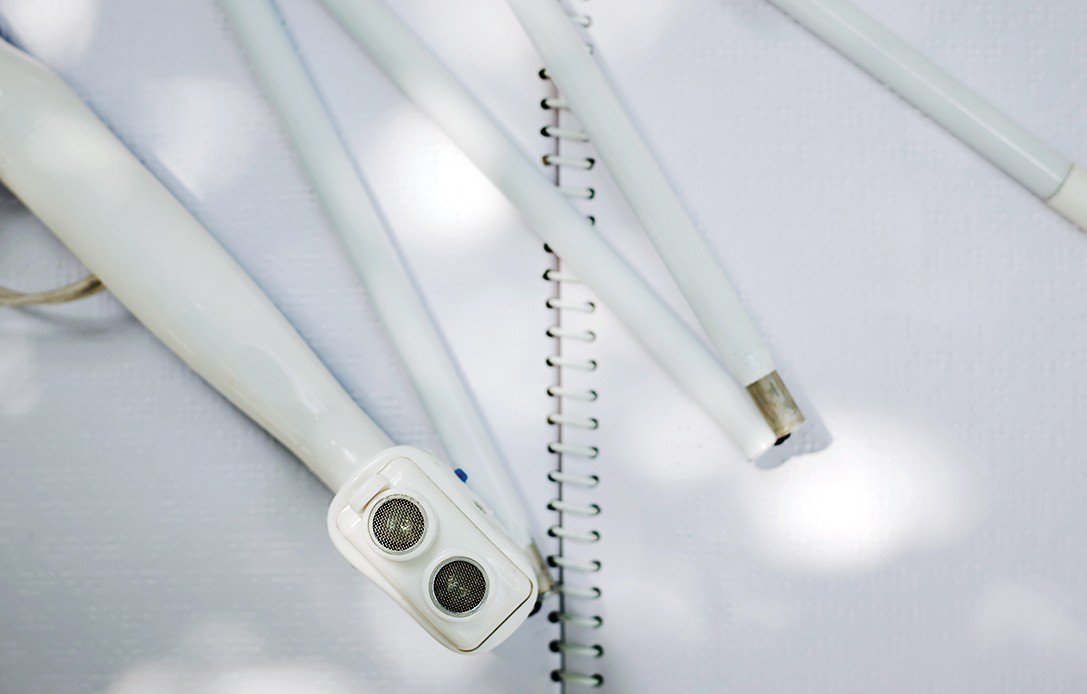Nanotechnology & materials
Rohan Paul
To create an affordable obstacle detection system for blind people, he began by simply asking them what they needed.
Photos by Christopher Churchill

Europe
Catherine de Wolf
Urban metabolism to decrease the environmental impact of buildings

Asia Pacific
Benjamin Tee
Electronic Sensor Skins for Robotics and Smart Environments

Latin America
Jimena González
Created a gel for bandages that imitates human skin and improves the healing process for wounds and burns

Europe
Olga Malinkiewicz
Created a printing technology that produces cheap, flexible sheets of perovskite that could revolutionize the energy industry


